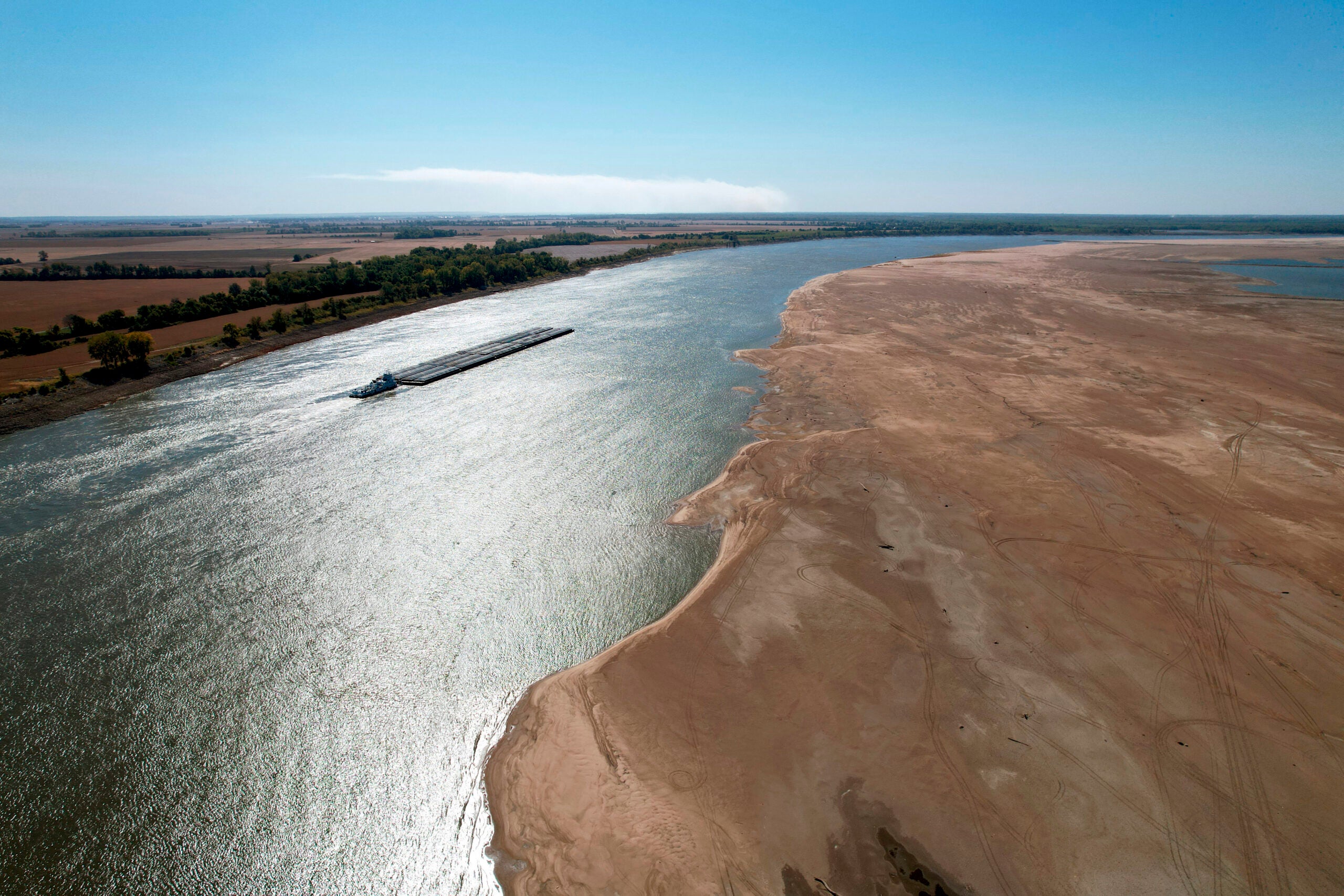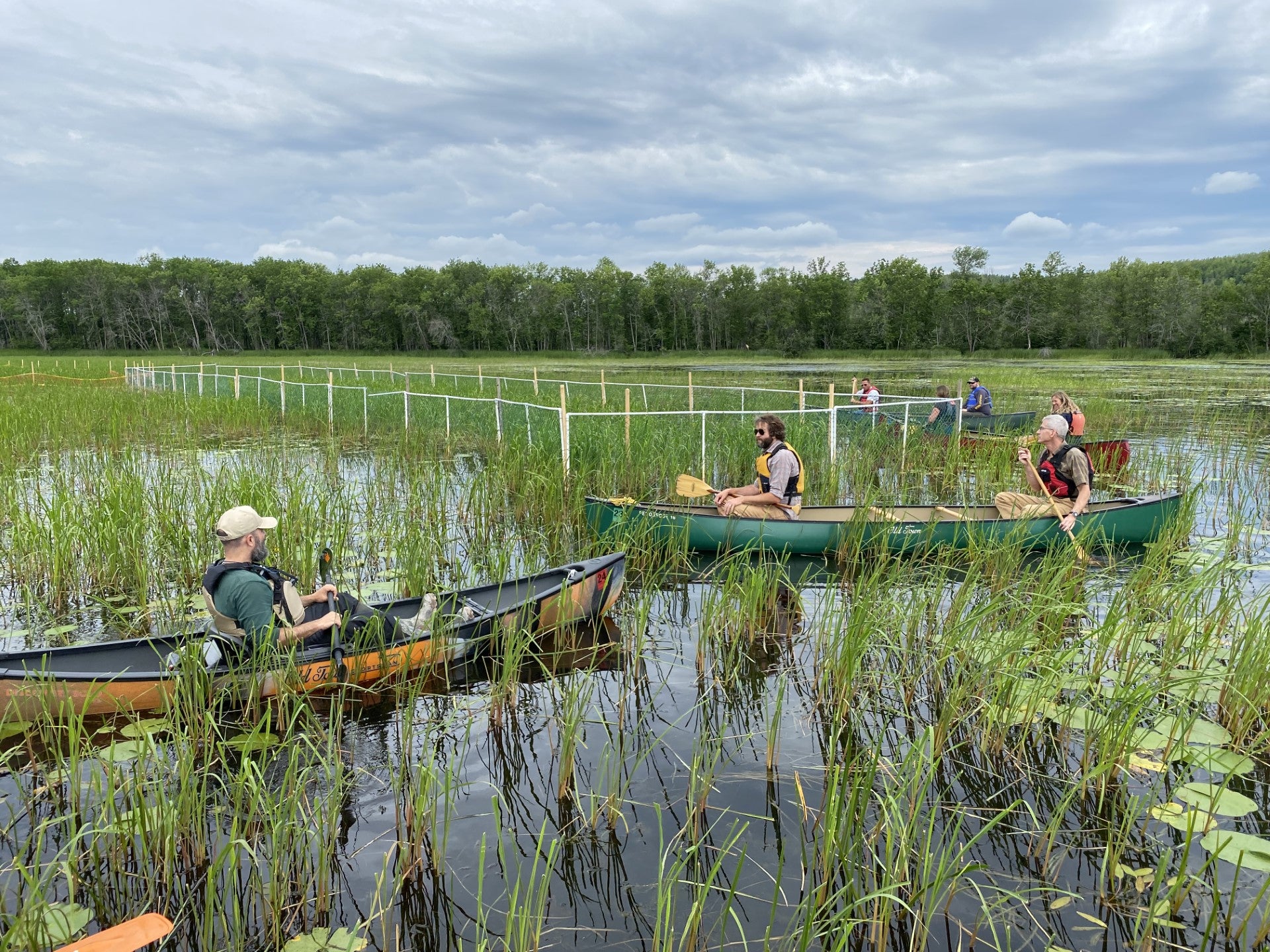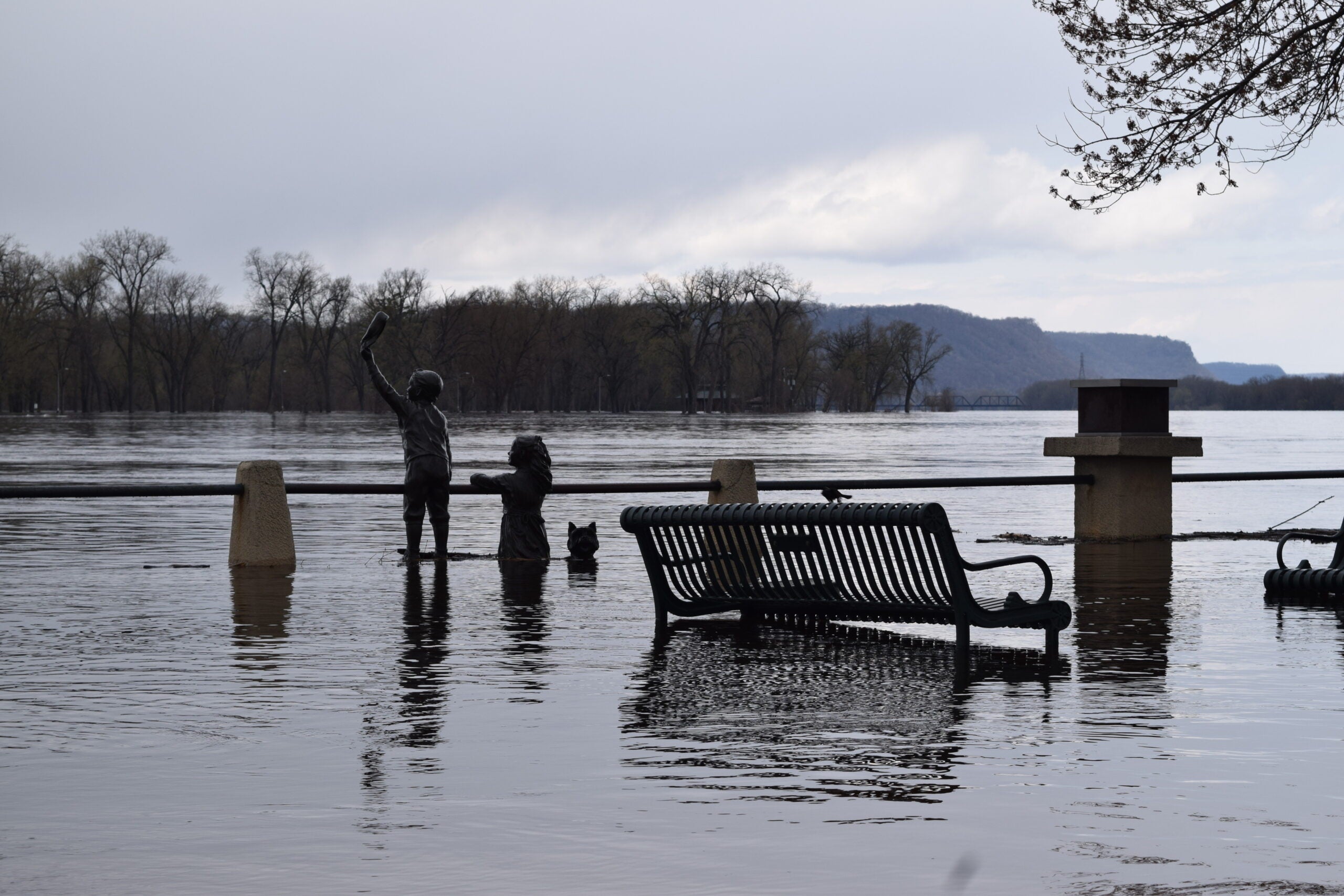High waters from June’s flood have carved out the massive St. Louis River leading into Lake Superior, but experts say that could be a good thing.
What people might not realize is that rivers like the St. Louis are used to handling flooding. The St. Louis River is the largest tributary going into Lake Superior.
When a river floods, one of two things happen: the water rises over the banks and gets wider or it undercuts the river to make more room for the water until the overflow is back to its regulated state within the river banks.
Stay informed on the latest news
Sign up for WPR’s email newsletter.
Wisconsin Land Trust Northwoods Coordinator Jane Anklam says because the northland is one of the last places where glaciers melted in the Upper Midwest, it is also one of the youngest landscapes.
Anklam also says since much of the area is made of clay from the glacier, that causes more run off because it doesn’t allow water to filter through it, “When the river bottom is being cut, the banks aren’t stable. And then eventually they can just peel off and cause a catastrophic avalanche of clay bank into the river or shoreline. “
St. Louis River Fisheries Specialist John Lindgren says this flood may have caused a lot of change in the landscape beneath the water. Even though that may have wiped out spawning areas for fish; it might not be the worst thing for that population, “The number of fish that comes from any given year for a species really goes way up or down, depending on normal climate conditions. So I don’t think you’re going to see, as a result of this one storm event, I don’t think you’re going to see dramatic impacts on the overall size of the population just because the storm had an impact of the spawning for that year.”
Lindgren says parts of the river have changed. Some sand bars have been washed out while other sand bars were created by the flood waters.
Wisconsin Public Radio, © Copyright 2024, Board of Regents of the University of Wisconsin System and Wisconsin Educational Communications Board.





